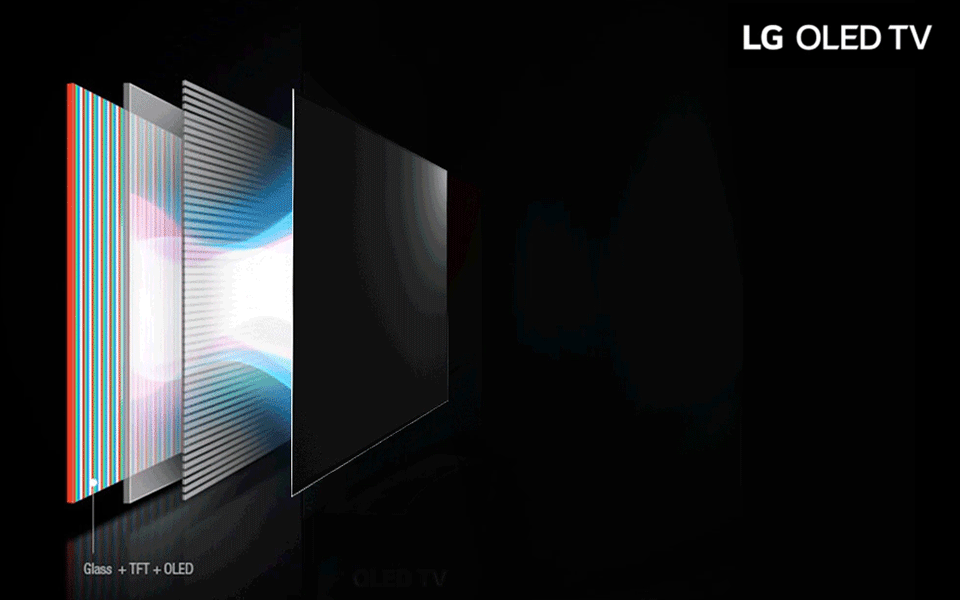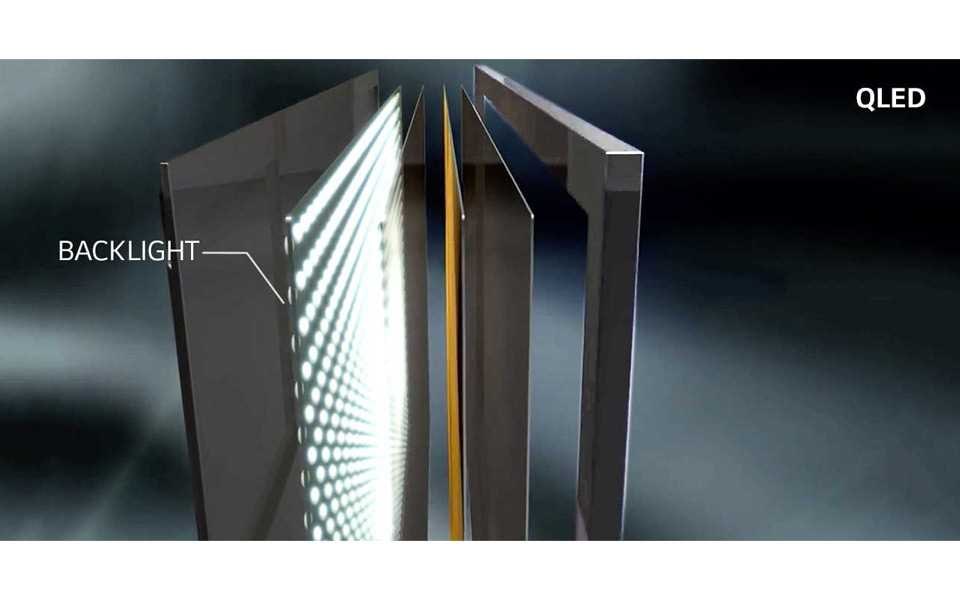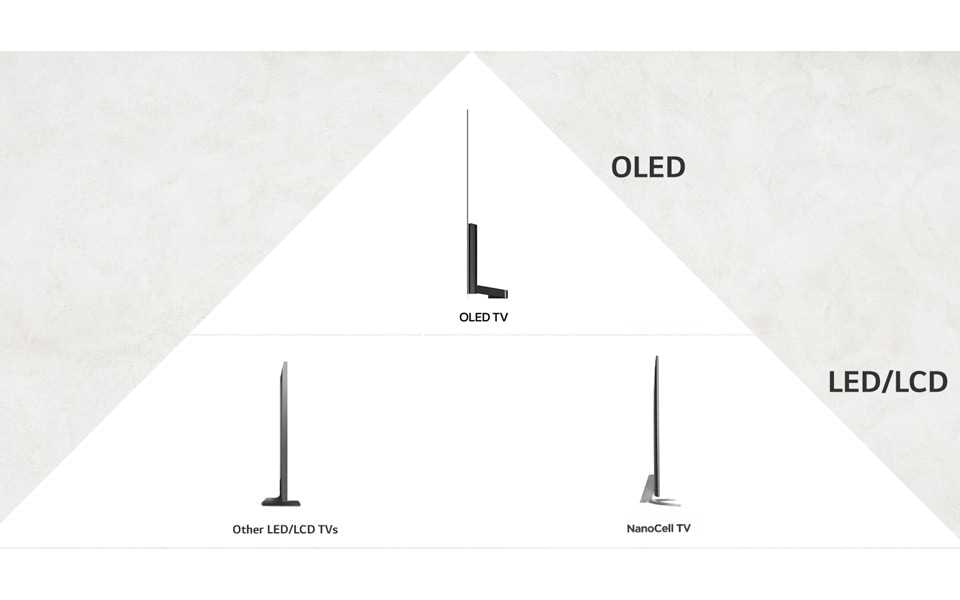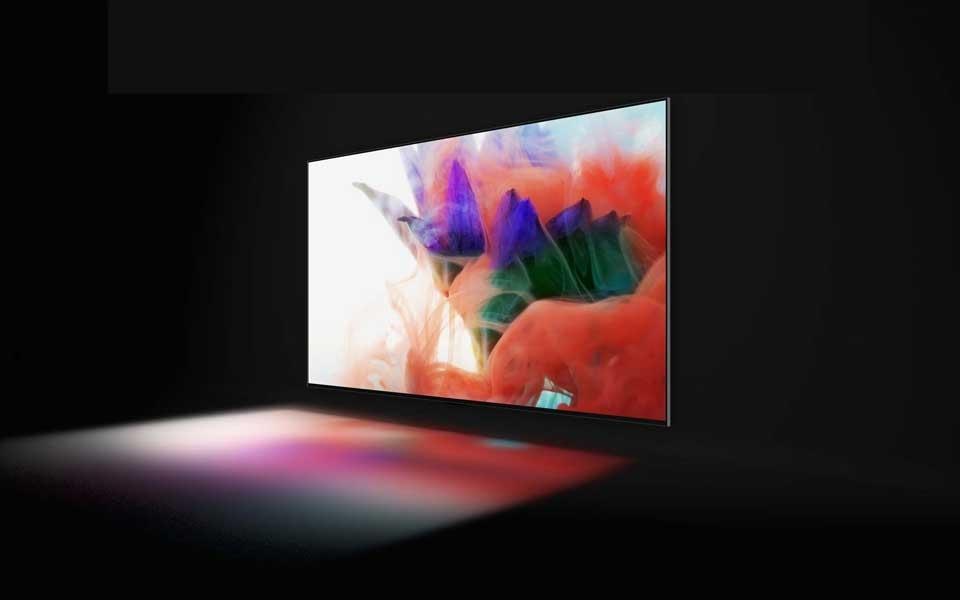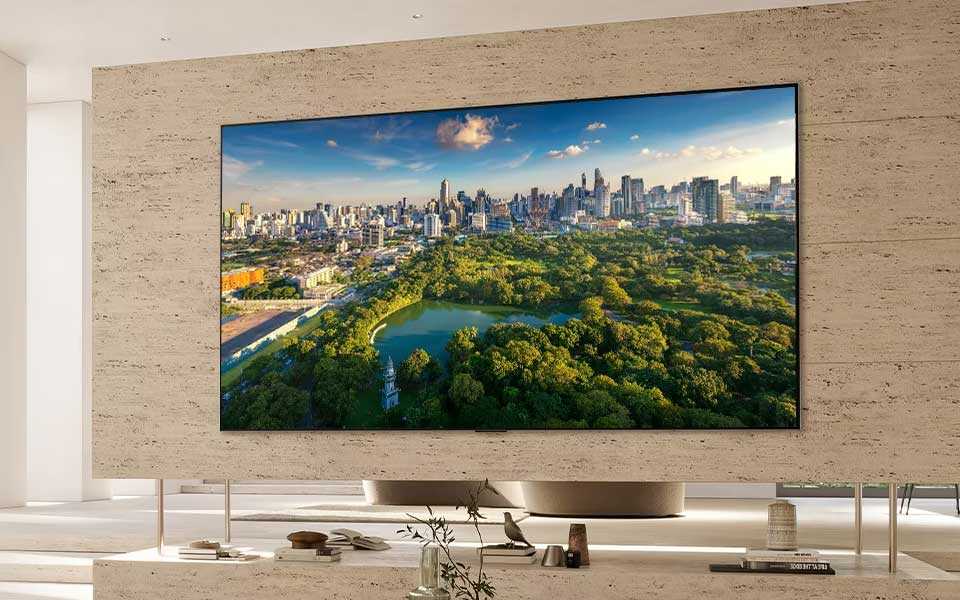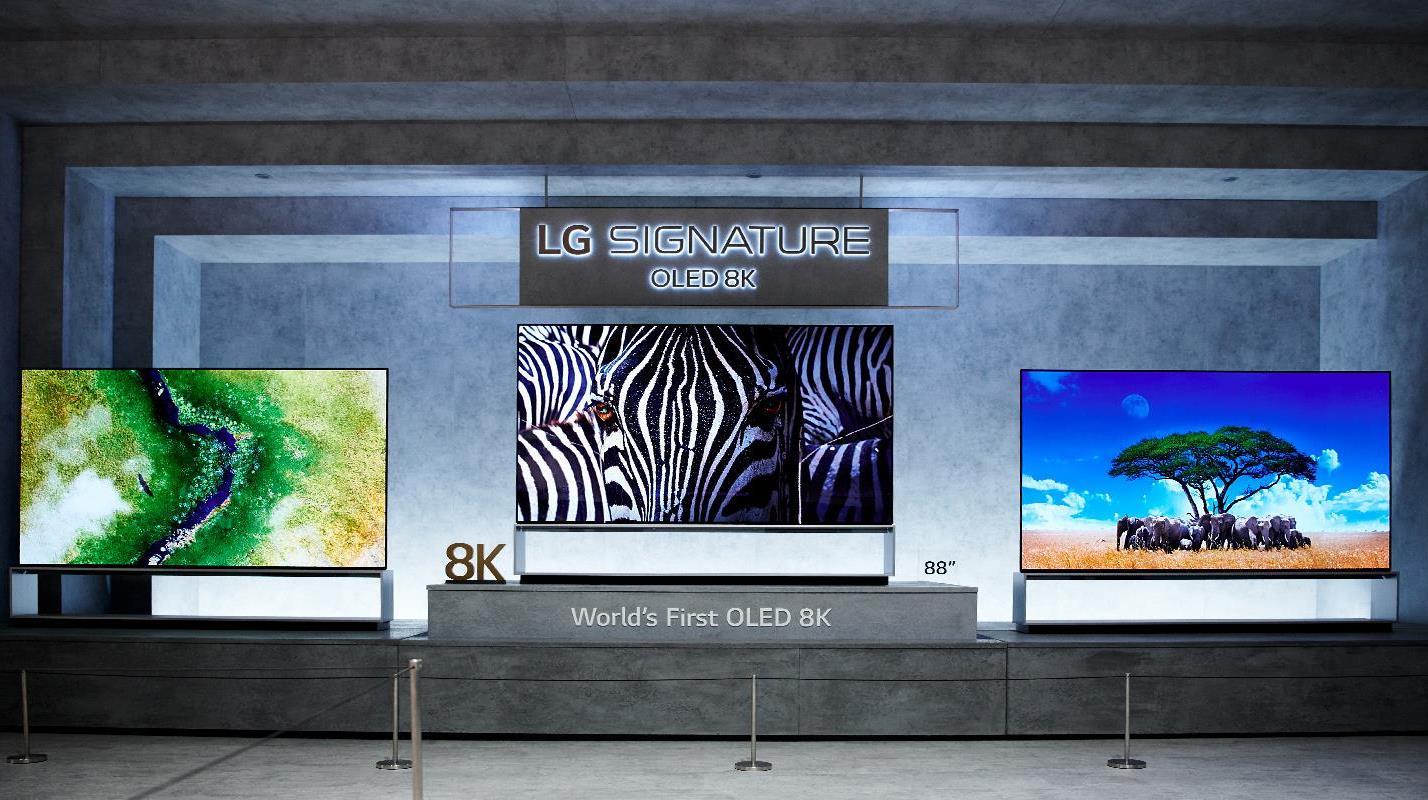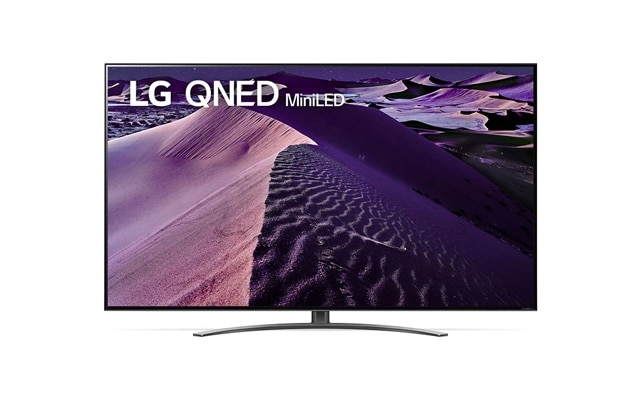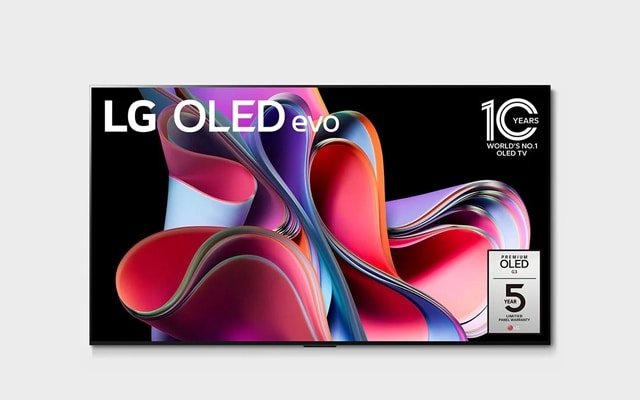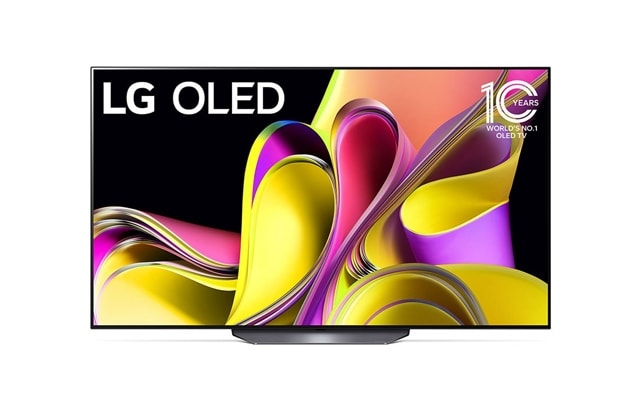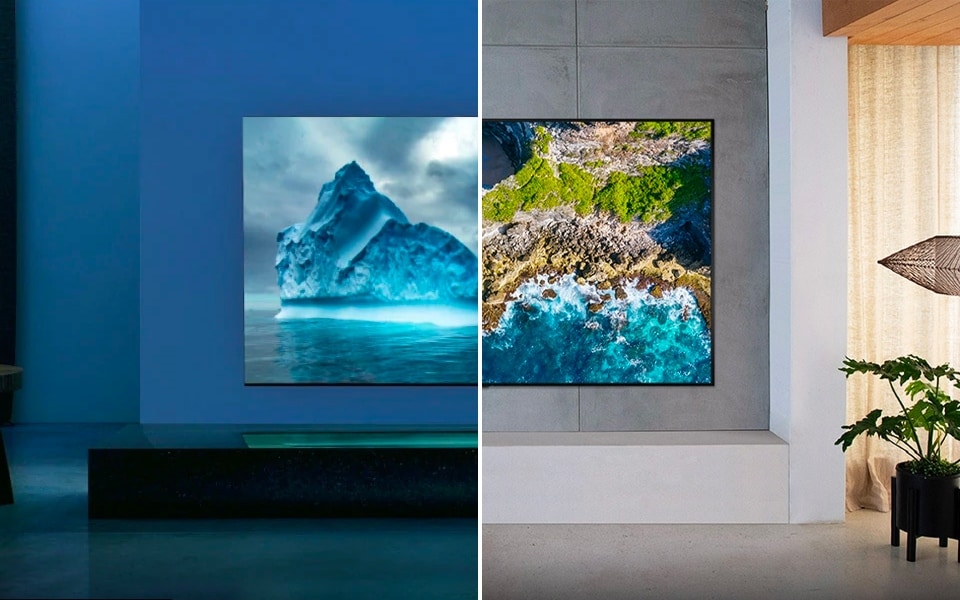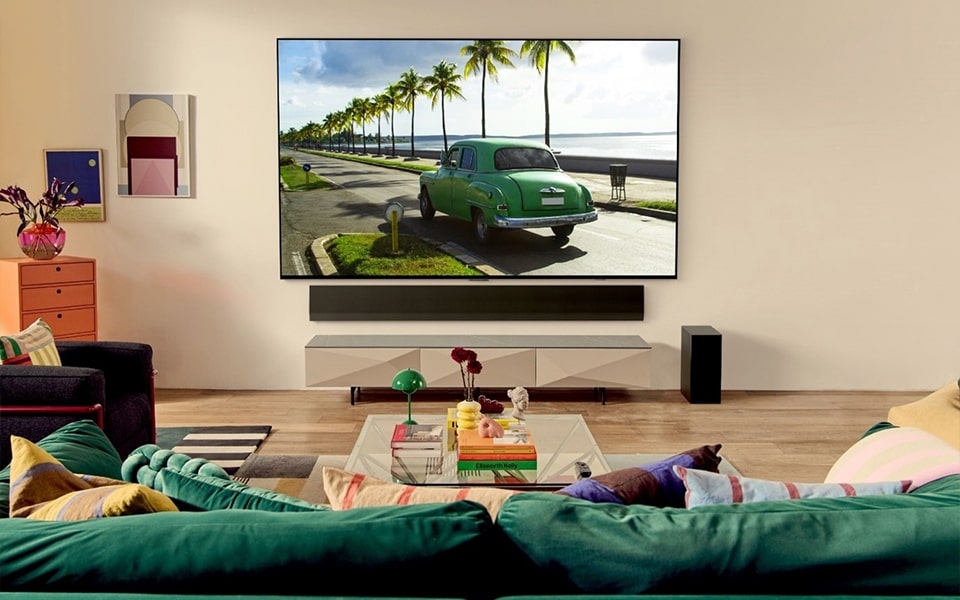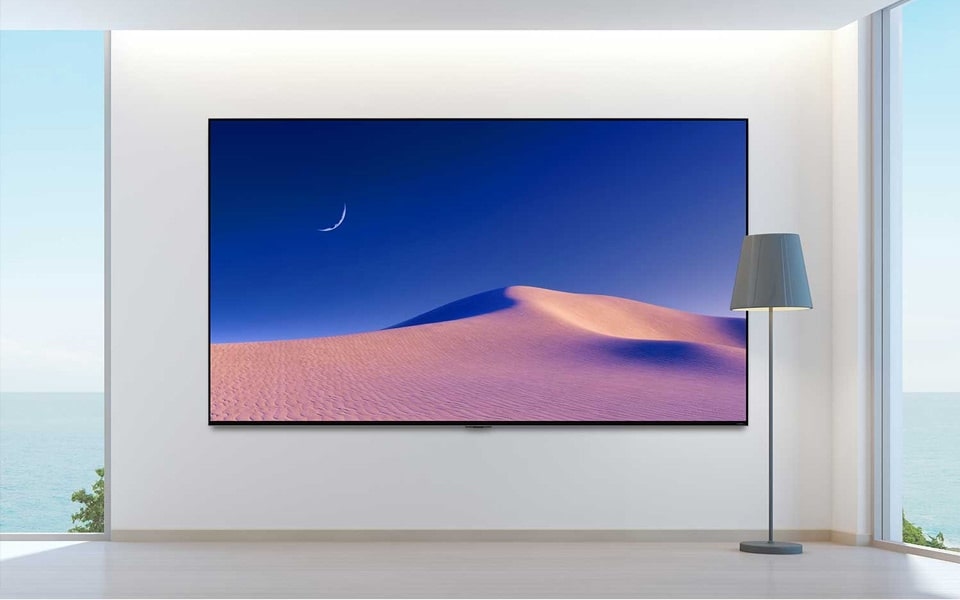We use cookies, including cookies from third parties, to enhance your user experience and the effectiveness of our marketing activities. These cookies are performance, analytics and advertising cookies, please see our Privacy and Cookie policy for further information. If you agree to all of our cookies select “Accept all” or select “Cookie Settings” to see which cookies we use and choose which ones you would like to accept.
OLED v Q-LED; which is better?
By Adrian Back
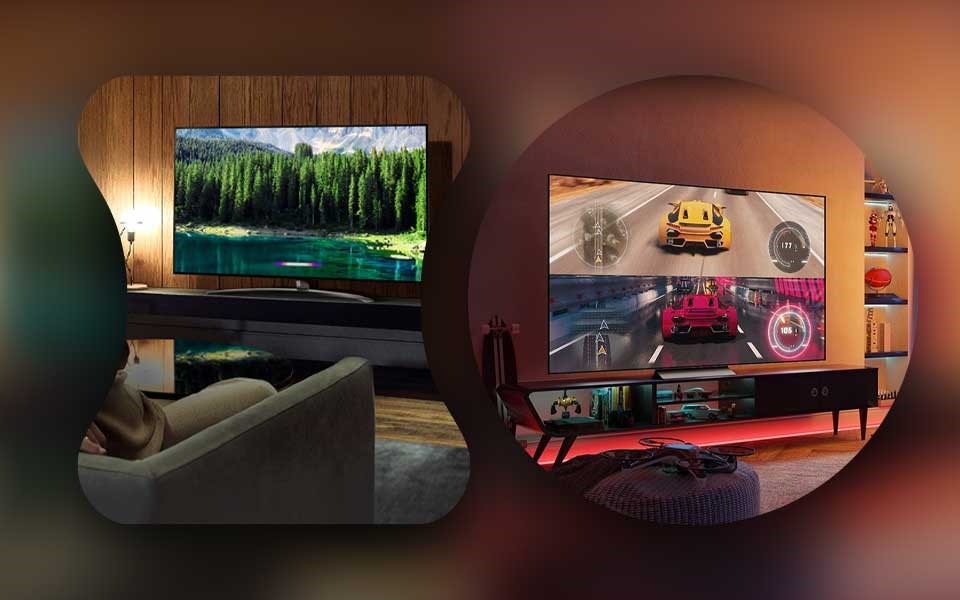
With advances in technology coming thick and fast, it can be hard to keep up, especially when it comes to the TV industry.
First introduced to the world in 2013, it took five years until the benefits of 4K televisions were fully realised and sales began to spike.
OLED v Q-LED – understanding the difference
It can be all too easy to become lost in the lexicon of TV acronyms, but thankfully there is a straightforward way to understand the difference between OLED and Q-LED technology. And even better, you don’t have to be a technology buff to grasp the distinctions.
First of all, here is the what the initials actually stand for – Q-LED stands for Quantum Light Emitting Diode, while OLED stands for Organic Light Emitting Diode. That one letter and one-word difference may appear subtle but it is actually huge in terms of what each form of technology is capable of.
OLED has no back light and can therefore create perfect blacks and incredible contrast. But it can also be clearly viewed from any angle, housed in the thinnest TVs imaginable and even used in a curved television.
Alternatively, a Q-LED 8K TV uses LCD technology with a quantum dot film over the top. Rather than being a new form of technology, it is simply an extension of LCD.
OLED leading the way
While 8K TVs are some way from becoming truly mainstream, there are some products already on the market. However, many of these currently employ LCD, which has been commonplace for so many years.
LCD TVs that use quantum dot film, like Samsung Q-LED TVs, still employ a backlight. This means that the screens can not be as thin as OLED TVs, which have become the dominant technology in the premium marketplace.
This is largely attributed to the self-emissive diodes used in OLED. They emit their own light rather than requiring a backlight, leading to incredibly crisp colours. They also switch off completely when not needed, creating a truer black and a rich contrast, as well as incredibly quick refresh rates ideal for movies and gaming.
LG has announced the release of its first OLED 8K TV, which will offer the very highest picture quality. This means that 33 million pixels will have incredibly deep blacks and realistic colours, and will be housed in a display that measures just millimeters in depth.
Demanding perfection
When it comes to introducing new technology there is a need to ensure that every aspect has been carefully considered. LG’s foray into OLED took years of research and development to get to where it is today – which is at the forefront of the OLED movement.
LG not only provides Sony, Panasonic and Loewe with OLED panels but also creates its own ground-breaking OLED TVs – such as its range of 4K televisions and the incredible LG SIGNATURE OLED TV W9 which is less than 6mm in thickness and weighs just 12kg.
These outstanding breakthroughs have taken years to develop and have only been released to the public once thorough testing has taken place. After all, you only have one opportunity to make a good first impression.
Don’t forget 4K – it’s still a great option!
It may have taken a few years, but there is now a well established 4K pipeline of content. A number of films and television shows being shot in 4K has risen, while TV companies and video streaming services are broadcasting at this resolution.
With high-quality content being produced by those in the film and television industry, the best way to experience them is through the range of LG’s 4K OLED TVs. These ensure that you view the movie or show as the director intended, whether it involves thrilling action sequences or chilling scenes in dark hues.
The technology within LG OLED TVs not only produce higher frame rates for 4K video and more precise backlighting control, but the variable refresh rates are ideal for gaming and may even give you the edge when it comes to a competitive game of Fortnite.
Life's Good!


